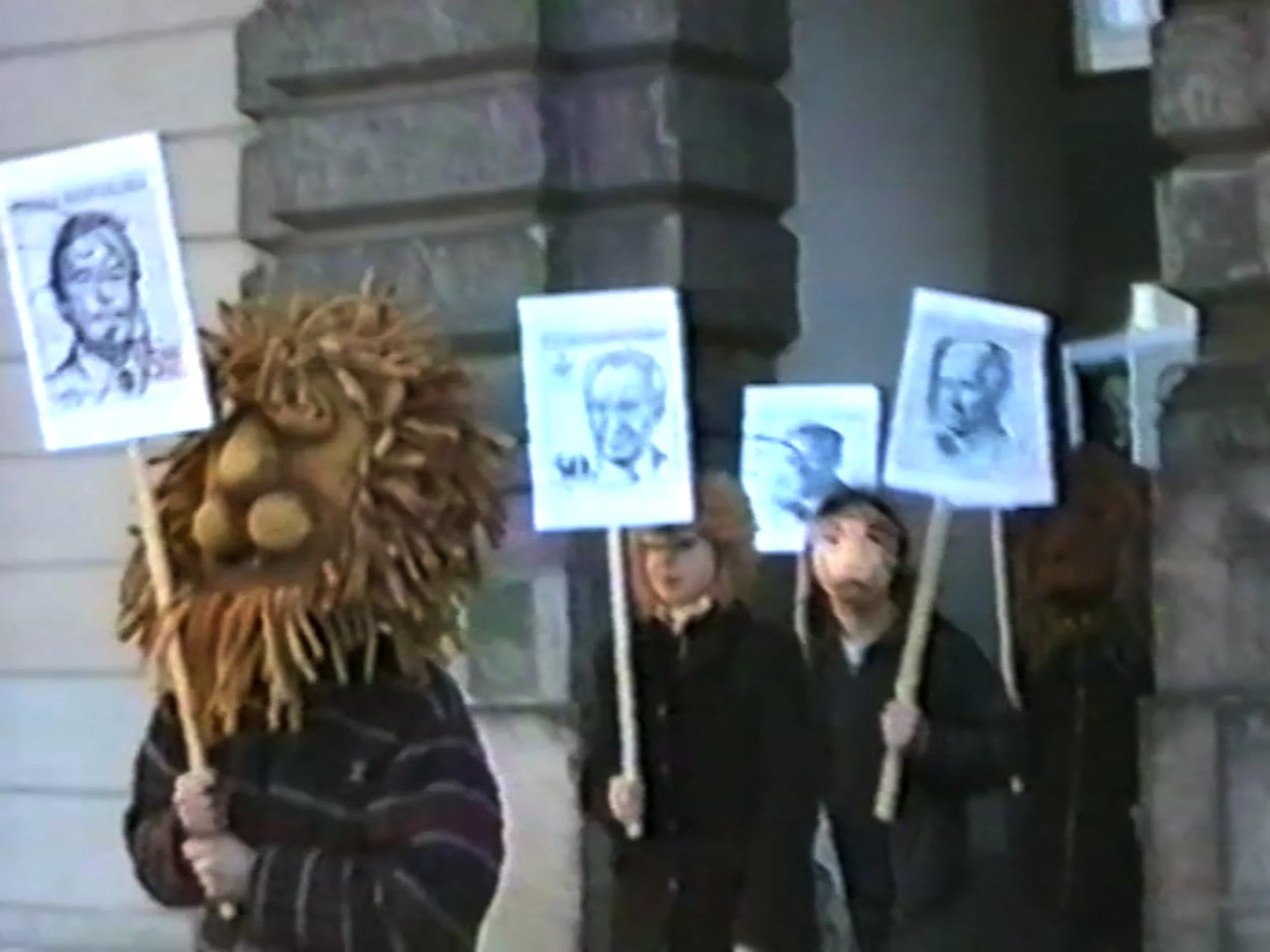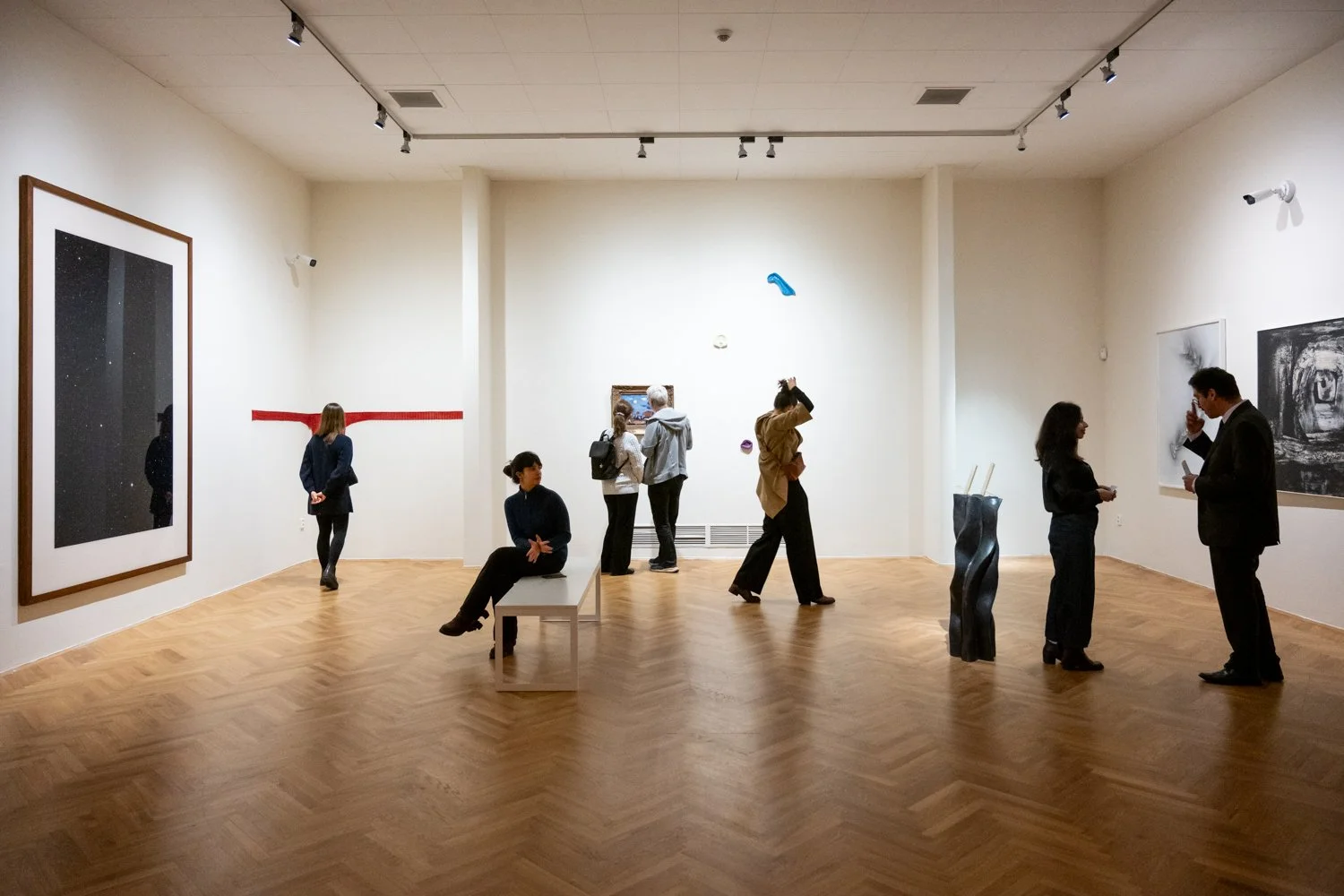“This small private gallery in West Berlin organised an exhibition “Hommage à Lidice” (1967) with artists of the West German avant-garde…we wanted to bring these works behind the Iron Curtain like a Trojan Horse…”
fig. 1 - a photograph of the Lidice Cultural House in the 1960s, a building that is currently housing the Lidice Art Collection
Speaker: Miloslav Vorlíček
Through the story of the Lidice Art Collection, this lecture explores how art preserves memory and fosters solidarity and empathy within collective consciousness.
Miloslav Vorlíček, curator and registrar of the collection, will trace its history and highlight its remarkable holdings, including Uncle Rudi by Gerhard Richter, one of the most renowned artists to emerge from post-war Germany.
The Czech village of Lidice was destroyed and its male inhabitants killed by Nazis on 10 June 1942 as an act of revenge in response to the assassination of Reinhard Heydrich. From that day, the Lidice tragedy became a symbol of antifascist solidarity around the globe.
After the war, the village was rebuilt for the surviving women and children. Many solidarity campaigns were initiated, the biggest being called Lidice Shall Live. It was initiated by Sir Barnett Stross and the miners' movement in the United Kingdom. They wanted to support Lidice as a fellow mining region and proposed reconstructing the village.
This campaign quickly became international. It included the creation of a rose garden and an art collection. They would preserve the memory of the horrible massacre and remind us of solidarity. The Lidice Art Collection hosts hundreds of artworks donated by artists worldwide.
The German gallerist René Block organized several exhibitions to support Lidice. He donated works by West German artists to the collection, many of whom later became famous. The collection also includes works from artists from socialist and non-aligned countries that are less known to the public.
installation views of “Celebration of Life 2017—1959”, photograph by Klára Kusá










